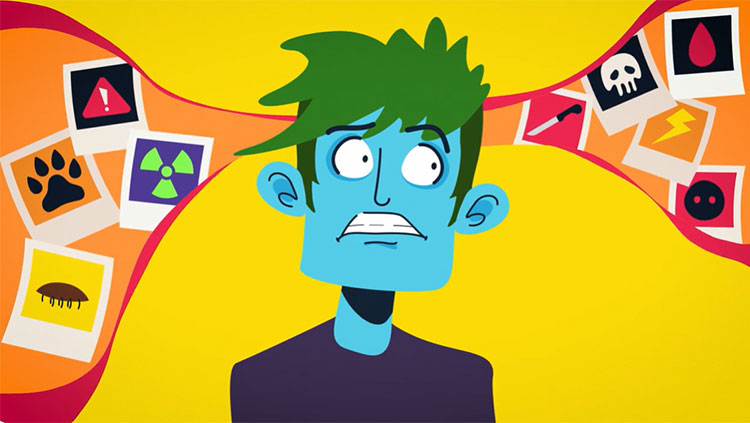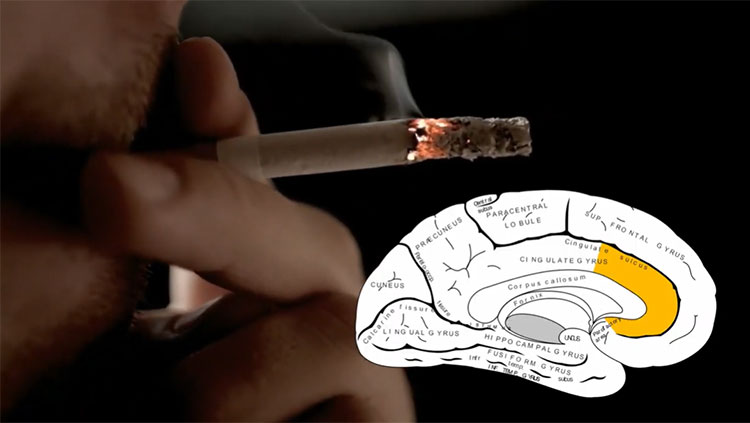Stress: Immediate Response
- Published1 Apr 2012
- Reviewed1 Apr 2012
- Source BrainFacts/SfN
A stressful situation activates three major communication systems in the brain, all of which regulate bodily functions.
Scientists came to understand these complex systems through experiments, primarily with rats, mice, and nonhuman primates such as monkeys. Scientists then verified the action of these systems in humans.
The first of these systems is the voluntary nervous system, which sends messages to muscles so that we may respond to sensory information. For example, the sight of a shark in the water may prompt people to run from the beach as quickly as possible.
The second communication system is the autonomic nervous system, made up of the sympathetic and the parasympathetic branches. Each of these systems has a specific task in responding to stress. The sympathetic branch causes arteries supplying blood to the muscles to relax in order to deliver more blood, allowing greater capacity to act. At the same time, blood flow to the skin, kidneys, and digestive tract is reduced. The stress hormone epinephrine, also known as adrenaline, is quickly released into the bloodstream. The role of epinephrine is to put the body into a general state of arousal and enable it to cope with the challenge.
In contrast, the parasympathetic branch helps regulate bodily functions and soothe the body once the stressor has passed, preventing the body from remaining in a state of mobilization too long. If these functions are left mobilized and unchecked, disease can develop. Some actions of the calming branch appear to reduce the harmful effects of the emergency branch’s response to stress.
The brain’s third major communication process is the neuroendocrine system, which also maintains the body’s internal functioning. Various stress hormones travel through the blood and stimulate the release of other hormones, which affect bodily processes such as metabolic rate and sexual function.
CONTENT PROVIDED BY
BrainFacts/SfN
Also In Emotions, Stress & Anxiety
Trending
Popular articles on BrainFacts.org
















